5% window tint is a bold choice for privacy and style, but it’s not always the smartest or safest option. We’re here to help you make the right call, breaking down the risks, common misconceptions, and better alternatives. Read on now!
What Is 5% Tint and How Dark Is It?

A 5% tint has a Visible Light Transmission (VLT) of only 5%, i.e., only 5% of visible light can travel through. It is among the darkest films you can use, typically reserved for VIP vehicles or limousines.
Wider on the outside, a 5% tint is not blacked out but gives windows a shiny appearance. On the inside, though, driver vision is significantly compromised, particularly at night.
There are many benefits of applying window tints. However, they could impact response time and overall road safety, making it ever so slightly less convenient to drive around daily.
Comparison with Other Tint Percentages

Before choosing any tint for your car windows, make sure to go through all to choose the perfect tint percentage for your car:
- A 20% tint allows 20% of the light, providing relatively good privacy and reducing glare while maintaining a safer perception.
- 30% Tint and 35% tint are more than one-third of a light, which is good for enhanced privacy, beauty, and legality.
- Where 5% is absolute privacy, glare reduction, and does not allow excessive reflection.
Is 5% Tint Legal in the United States and abroad?
Next, we need to determine where and on what type of vehicles we can permit 5% tint, keeping in mind how dark 5% is.
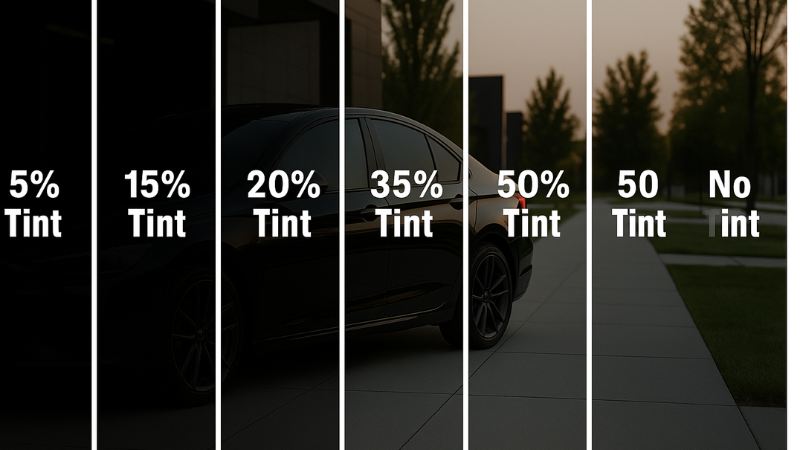
U.S. State Laws
U.S. car window tint laws vary from state to state, and therefore, local laws must be used as a reference point. To illustrate, California car window tint laws do not allow 70% window tints on front-side windows, but allow darker tints for van or SUV rear window tints and other multi-purpose vehicles.
Texas allows the use of darker back window tinting but prohibits the use of it on front windows, and Florida and Georgia have their own cut-offs. Always check your state’s laws before applying dark tints.
International Rules
The regulations are also very strict outside of the United States. In the United Kingdom, at least 75% light transmission is required on the windshield and 70% on the front side windows, and 5% tinting is not permissible on these parts.

Also, they have different laws for ceramic and carbon tints. Some region allows carbon tinting while others validate ceramic ones.
Australia varies state by state, but generally mirror requires at least 35% VLT on front windows. In Canada, Ontario bans darkening for front windows but allows amber tints, and is less restrictive for rear windows.
Besides, in Middle Eastern markets such as Dubai and Saudi Arabia, where heat and UV are major concerns, 5% tints are sometimes allowed on rear windows to combat extreme cabin temperatures.

Conversely, in Scandinavian countries where winter visibility is critical, 5% tint is almost universally banned. This demonstrates how local climate strongly influences tint legislation.
Vehicle Type Counts
Legislation on windshield tinting laws also varies based on the type of vehicle. Private vehicles usually share the same limitations, but SUVS, vans, and trucks may occasionally permit darker tints on rear windows.
Both a check on your vehicle type and car tint rules in your area to choose a legal tint films.

What Are the Consequences of an Illegal 5% Tint?
Prior to applying any mirrored tinting dual side, an individual must be aware of the possible risks and penalties for non-compliance.
Fines and Legal Penalties
In the U.S., fines range from $100–$300 per violation depending on the state, but repeat offenders can face mandatory tint removal orders and even failed registration renewals.
In the U.K., vehicles with illegal front tints can be issued a prohibition notice, meaning the car cannot be driven until the tint is removed. Insurance companies may also deny claims if an illegal tint contributed to poor visibility.
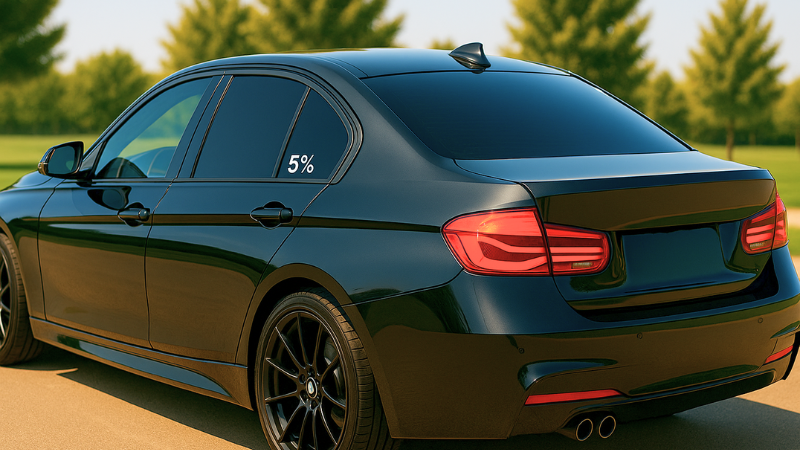
Risk of Enforcement
Police also regularly conduct random checks for window tint through stops or inspections, and tint meters are utilized to check for compliance. Illegal tints will also be a problem on insurance claims, particularly if they have caused an accident due to visibility obstruction.
Installer Responsibilities

Authorised tint shops also have a duty to inform clients about legal limitations. Businesses with a purpose to apply unlawful films will be subject to business punishment, fines, or license revocation, so hiring certified professionals and buying tint from the best tinting brand is always recommended.
Alternatives to 5% Tint: Legal Tint Percentages for Privacy and Protection
There are several excellent alternatives for ensuring privacy while avoiding legal issues. You must consider the cost of the tinting, your aesthetic, the model of the car, and usage.
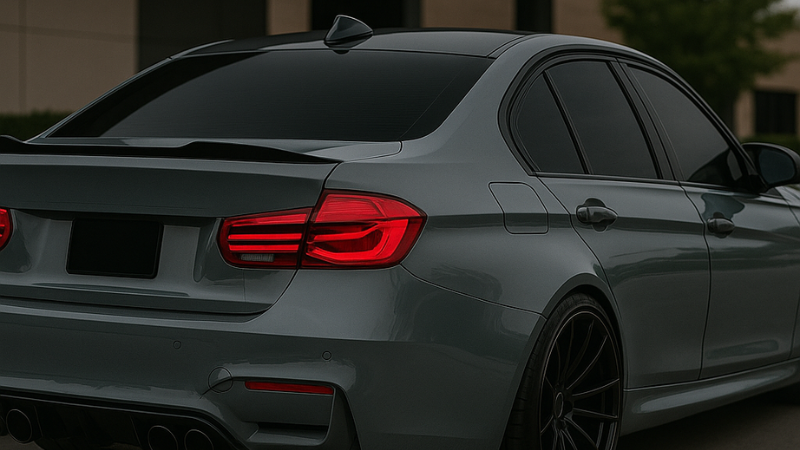
Legal Alternatives in Demand
Some of the most widely used window tint types are:
- 20% tint provides excellent protection and privacy from the sun with a dark, cool appearance that will not have you kicked out anywhere.
- 35% tint is not so extreme but still blocks glare and heat, providing a compromise that will meet most legal needs.
- Some brands also offer 50% window tint.
These tints provide excellent benefits without breaking the law.
Other Solutions
Other options include privacy or UV-blocking films that may be applied to one window or surface. These types of materials block heat and glare, but not enough to darken the windows illegally, which means they are both legal and useful.
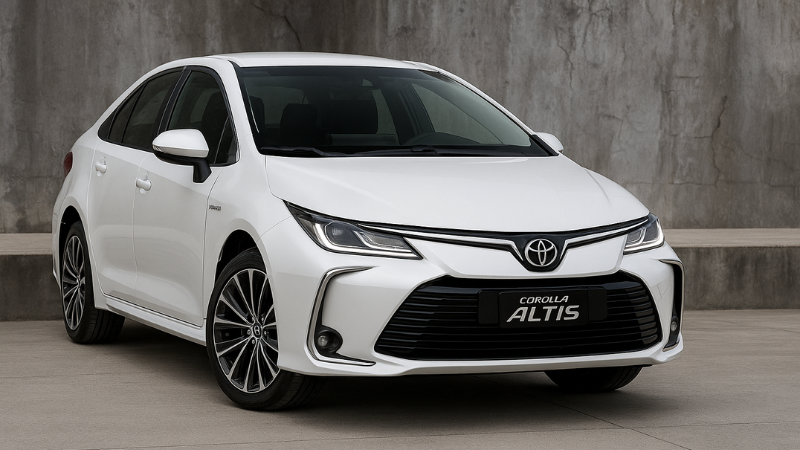
Can I Put 5% Tint on My Car?
Not all vehicles are allowed by law to have a 5% tint, but there are specific conditions under which it is allowed.
Legal Conditions
There can be specific areas where rear windshields on trucks, vans, or SUVs can have a 5% tint, but front side winds and windshields have different policies. Passenger sedan vehicles mainly have uniform legislation prohibiting the use of 5% tint.
Role of Professional Installation
A professional installer does it right and within the legal limit. Professionals also achieve the best finish, minimizing the bubble or peel propensity that creates amateur mistakes and cuts the lifespan of the film.
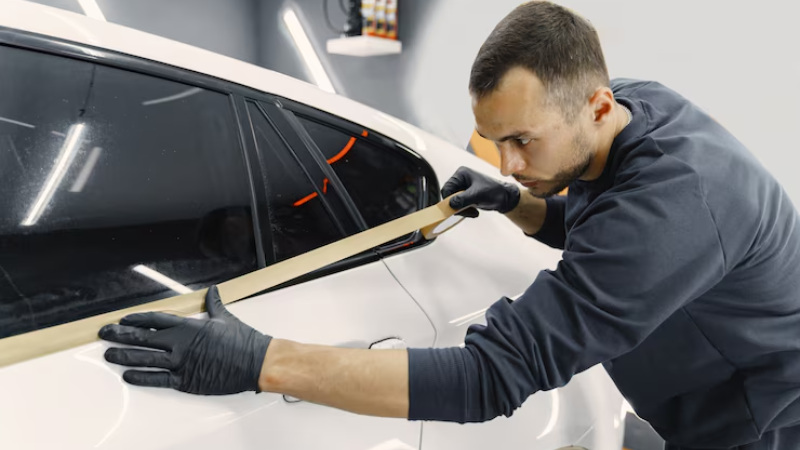
Aesthetic and Privacy Benefits
Aside from legality, drivers prefer tinting because of its appearance and privacy benefits.
Visual Attractiveness
Tinted windows provide a personalised, reflective look to cars. To achieve a luxury or sporty look, most owners view tinting as a means of personalising their car.
Comfort and Privacy
Tinting dampens outside visibility in low-light conditions, protecting valuables and providing occupants with the illusion of privacy. It also makes driving more comfortable by eliminating glare, keeping heat out, and stopping damaging UV rays that ruin interiors.
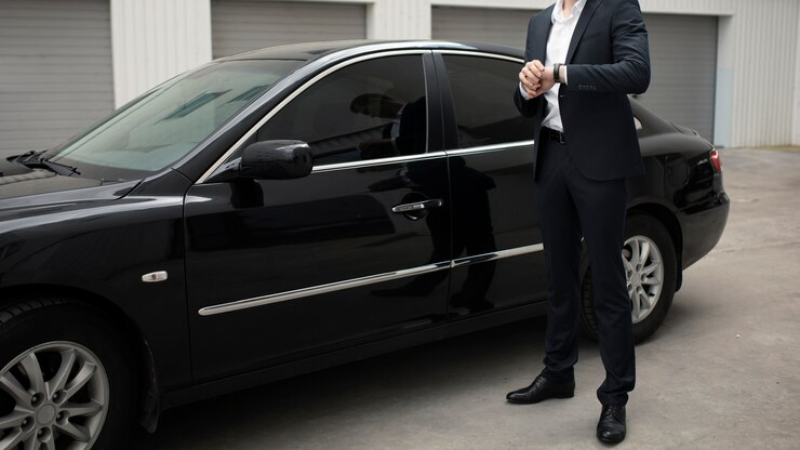
Making the Optimum Choice
The choice of the correct choice is a matter of weighing various important factors, from legal to performance characteristics.
Things to Consider
The driver who is interested in UV protection and glare control prefers 35%, one who is interested in privacy prefers 20%. Knowing your objectives serves to select the best choice for your requirements.
Types of Tint
Various tints are used for different applications:

- Limo tint (5%) provides total privacy but usually goes beyond the law.
- Reflective or mirrored tint for dual side mirrors provides a shiny, privacy-offering finish but can be regulated.
- Expert guidance prevents you from making the incorrect choice.
Installation and Maintenance
Once you have selected the ideal tint, Window tinting requires proper maintenance and installation to maximise its benefits.
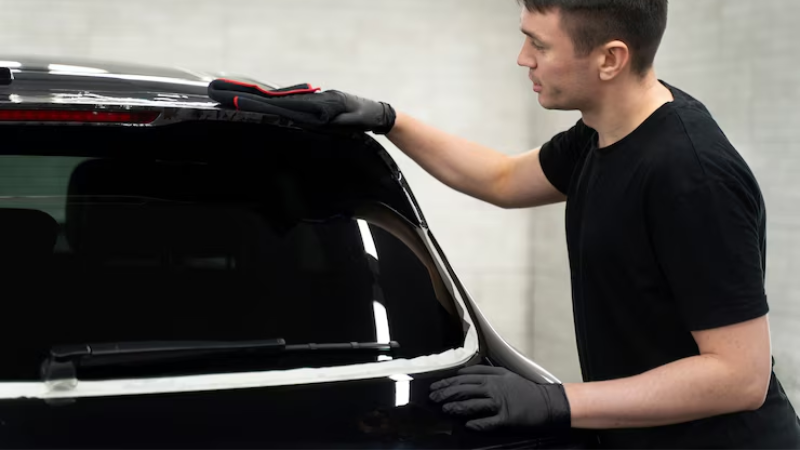
Why Professional Installation Is Important
Trained installers learn how to condition glass, roll smoothly off film, and edge-tighten with no peeling and air bubble troubles. It works and looks good best with the passage of time.
Maintenance Tips
To keep tints looking sharp, wash gently with soft cloths and soft cleaning chemicals. Do not clean with aggressive tools or heavy chemicals like sulfuric acid and propanol that might scratch or destroy the film. When kept properly, well-constructed tints will last for many years.
FAQs
1. Why do some people avoid a 5% tint despite its privacy benefits?
It severely reduces nighttime visibility, making driving dangerous. It can also attract legal attention and lead to fines in many regions.
2. Is it possible to have privacy without a 5% tint?
Yes. Legal substitutes such as 20% or 35% tints, or privacy films designed specifically for the purpose, give excellent privacy and protection without being illegal.
3. Does tinting windows have any impact on night driving?
Yes, especially darker colors such as 5%. Reduced transmission of light causes greater difficulty in seeing pedestrians, cyclists, or road obstacles at night and results in safety hazards.
Conclusion
Although 5% window tinting offers you total privacy and optimal appearance, it’s a very risky venture that is illegal.
Once you know your state’s law, choose a legal option and have it professionally installed to enjoy both style and function without sacrificing your vehicle’s look or your own satisfaction.
Grow Your Business with Carlikefilm’s Professional Tint Solutions
Partner with Carlikefilm to gain access to premium window tint materials, car wrap vinyl, and decorative vinyl tailored for business clients. Whether you’re a shop owner, distributor, or industry reseller, our dedicated commercial division is here to help you elevate your offerings.
Contact us today to discover how our advanced tint solutions can support your growth and meet your specific business needs.



